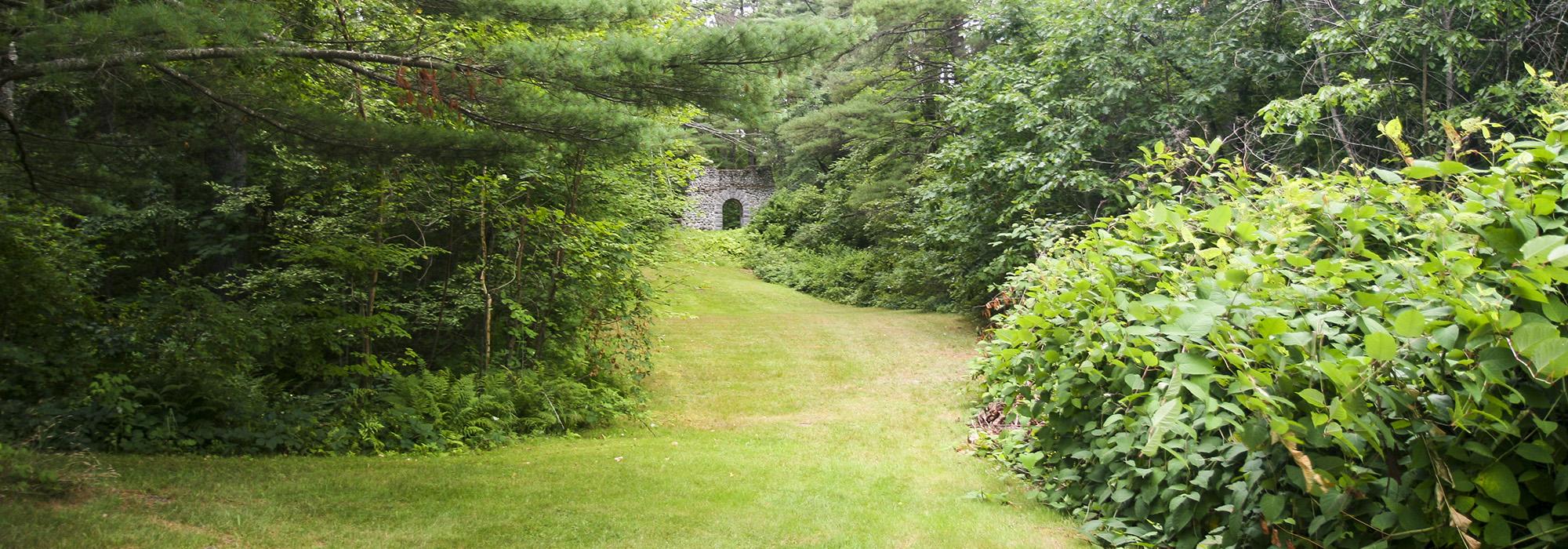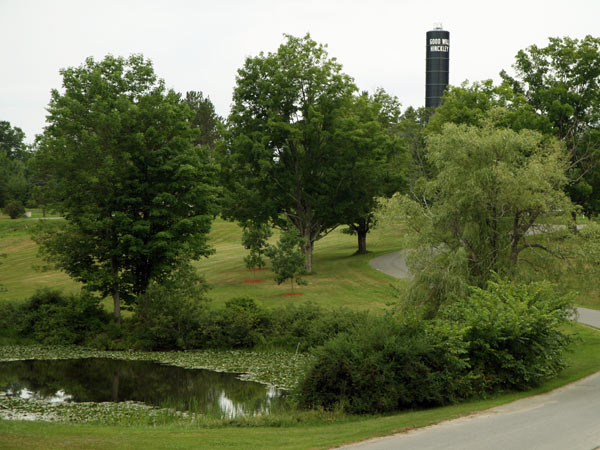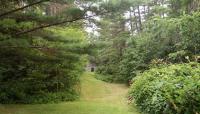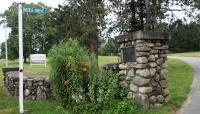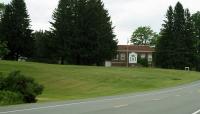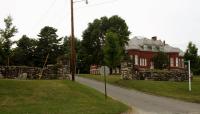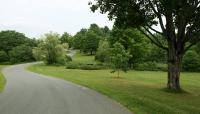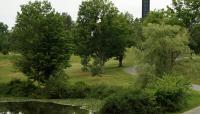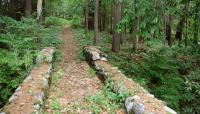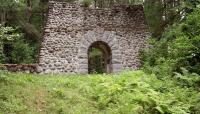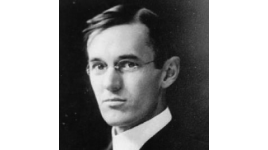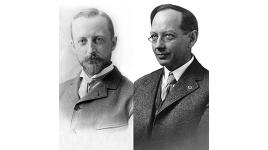Landscape Information
Founded in 1889 by Reverend George Walter, the Good Will Homes for Boys and Girls was influenced by the national conservation movement, which saw nature as an endangered but important economic, aesthetic, and spiritual resource. In contrast to traditional models of institutional childcare, Hinckley created a village atmosphere. In its prime, the self-sufficient campus along the Kennebec River included cottages for 500 children, faculty homes, agricultural fields and related structures, a riverfront campground, playing fields, courts, and an orchard.
In 1914 Hinckley hired Carl Rust Parker to design a campus expansion. In support of the home-like landscape, Parker designed a curvilinear road system planted with sugar maples, stone entrance gates, an artificial pond, and outdoor athletic facilities. He also sited new dormitories, a dining hall, gymnasium, and the administration building. Paths wove through the woods and meadows, interspersed with stone monuments, archways, and fire circles honoring benefactors and leaders in the outdoor movement, such as Ernest Thompson Seton and Theodore Roosevelt. Olmsted Brothers, led by Parker, prepared additional plans from 1926 to 1928, and again in 1965; it is unclear how much of this work was implemented.
The school suspended programs in 2009 and sold 13 buildings and 600 of its 2,450 acres to the Maine Community College System. The property sale and successful grants allowed Good Will-Hinckley to re-open as a magnet high school offering residential and day programs focused on agriculture, sustainability, forestry, and environmental studies. The property was listed in the National Register of Historic Places in 1987.



